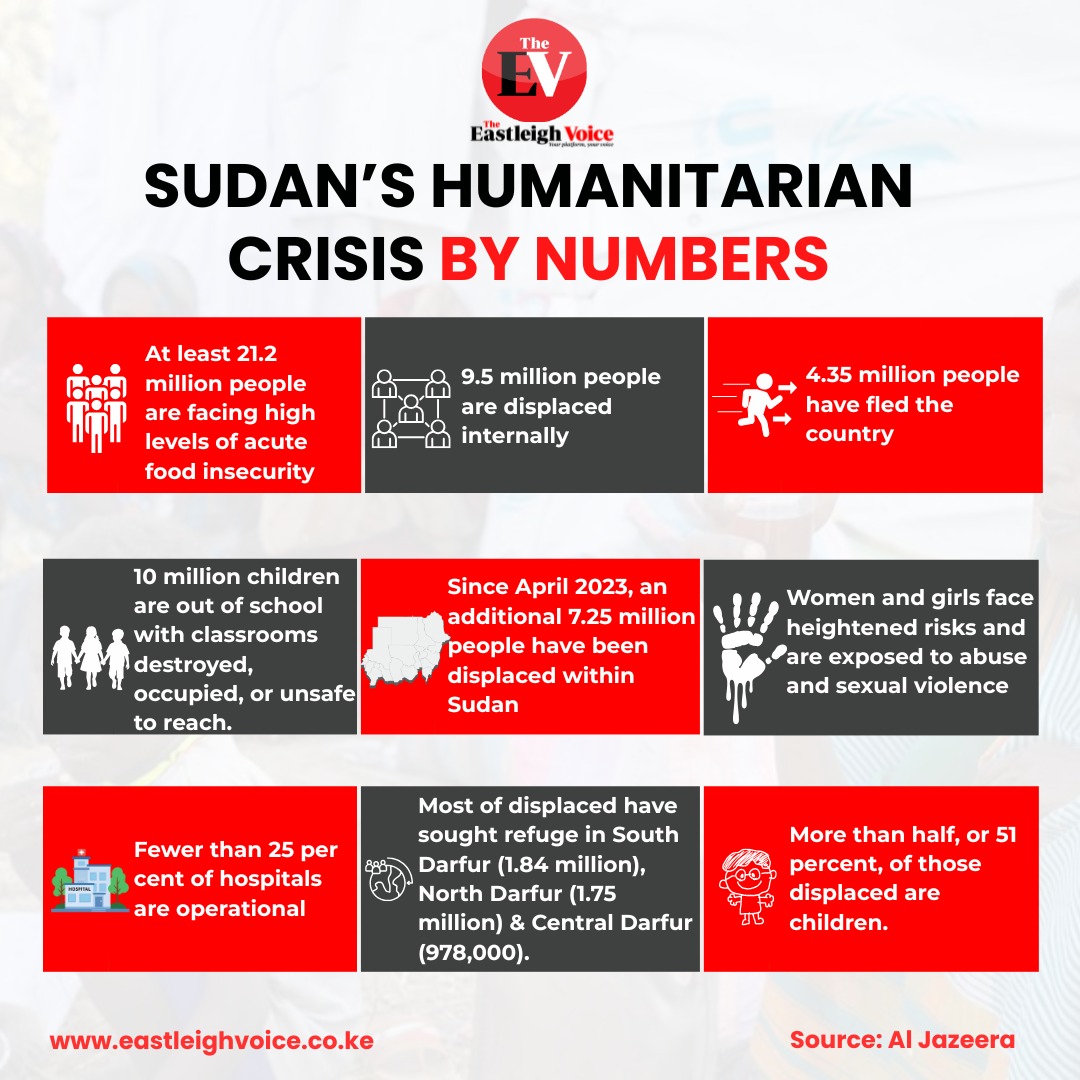World Patient Safety Day 2024: Global Focus on diagnostic errors as key safety concern

The absence of capnography in many low-resource settings is primarily due to their high cost and the scarcity of devices tailored to local needs.
As the world observes Patient Safety Day today, the focus is on the pressing issue of diagnostic errors in healthcare, which account for 16 per cent of preventable harm.
This year’s theme, "Get it right, make it safe!" highlights the urgent need for improved safety policies, particularly in low- and middle-income countries.
More To Read
- WHO warns of fake breast cancer drug in Africa, Middle East
- WHO review finds no link between childhood vaccines and autism
- Traditional medicine is now a global reality: WHO
- WHO warns tobacco use threatens fertility in men, women
- Malaria: Drug resistance and underfunding threaten progress towards eliminating killer disease
- Sudan’s crisis deepens with communities trapped in ‘siege conditions’
Diagnostic errors including missed, incorrect, delayed, or miscommunicated diagnoses can significantly worsen patient outcomes, leading to prolonged illness, disability, or even death, in addition to escalating healthcare costs.
Dr Elizabeth Igaga, Director of Programs Safety at Smile Train, highlights a critical gap in patient safety: the lack of capnography in resource-limited hospitals.
“This year’s theme focuses on improving diagnosis for patient safety. Anesthesia professionals across Africa are calling on the World Health Organisation and national decision-makers to take immediate action to promote capnography in low-resource settings,” says Dr Igaga.
Capnography is the standard for monitoring ventilation during general anaesthesia and other procedures that use moderate or deep sedation.
The absence of capnography in many low-resource settings is primarily due to their high cost and the scarcity of devices tailored to local needs.
Despite being widely used in high-income countries for over thirty years, capnography remains largely unavailable in low-resource settings, with research indicating up to a 100% gap between the need for capnography and its availability in low-income countries.
In response, Smile Train and Lifebox have launched the Smile Train-Lifebox Capnograph, an affordable, high-quality device designed for durability and extended battery life in low-resource settings.
In collaboration with the World Federation of Anaesthesiologists (WFSA) and the Global Capnography Project (GCAP), they have also developed a comprehensive training package for anaesthesia providers. The urgency of the issue is evident during these trainings, as professionals return to their hospitals acutely aware of the risks associated with operating without adequate monitoring tools.
Smile Train and Lifebox have committed to distributing 350 capnographs this year to various countries.
To ensure the success of this initiative, it is essential for ministries of health, professional societies, hospitals, and individual anesthesiologists across Africa and beyond to support the campaign by signing the action letter. This collective effort aims to enhance anaesthesia safety and improve health outcomes in low-resource settings.
WHO Director-General Tedros Adhanom stresses the importance of accurate diagnosis.
“The right diagnosis, at the right time, is the foundation of safe and effective healthcare. Diagnostic errors, on the other hand, can lead to severe harm and even death. This #WorldPatientSafetyDay, we call for strong collaboration between health workers, managers, policymakers, civil society, the private sector, patients, and their families to reduce harmful errors. Let’s get it right and make it safe,” Dr. Tedros stated on X.
WHO notes that approximately 1 in 10 patients experience harm in healthcare settings, leading to over 3 million deaths each year due to unsafe care.
In low- and middle-income countries, up to 4 in every 100 people die as a result of hazardous care (1). More than 50 per cent of this harm (1 in every 20 patients) is preventable, with medications being a major contributing factor (2,3).
Estimates suggest that up to 4 in 10 patients experience harm in primary and ambulatory care settings, and between 23.6 per cent and 85 per cent of this harm could be avoided (4).
Common adverse events that may lead to preventable patient harm include medication errors, unsafe surgical procedures, healthcare-associated infections, diagnostic errors, patient falls, pressure ulcers, patient misidentification, unsafe blood transfusions, and venous thromboembolism.
Top Stories Today











































